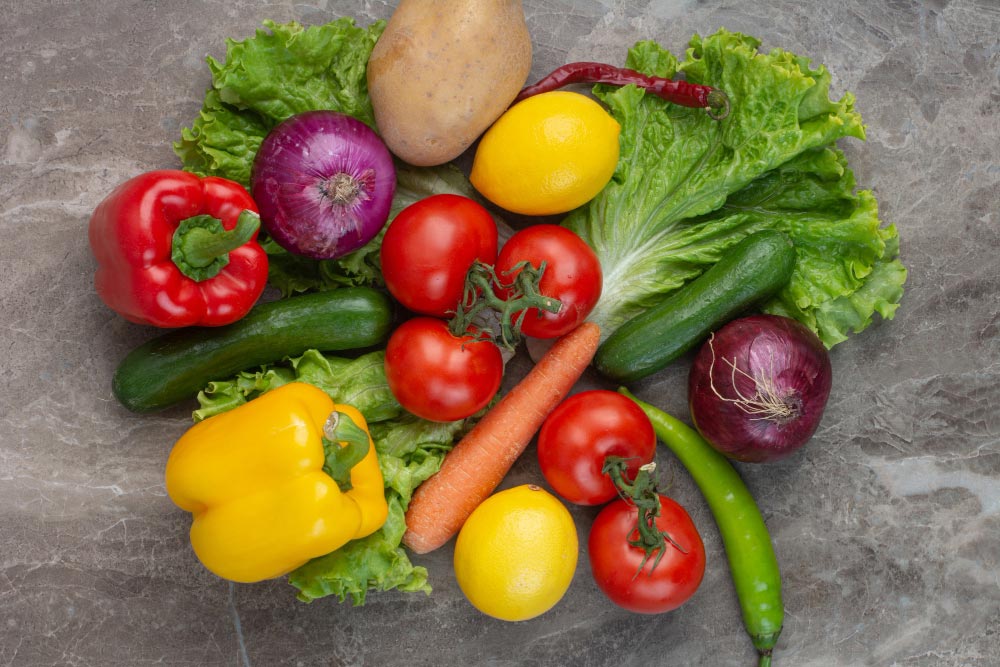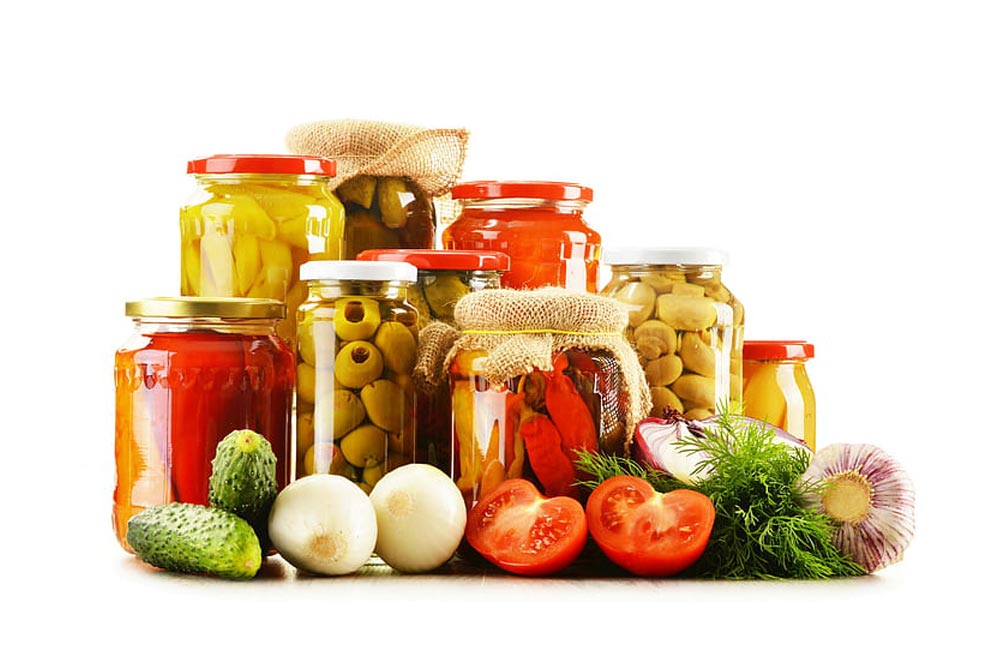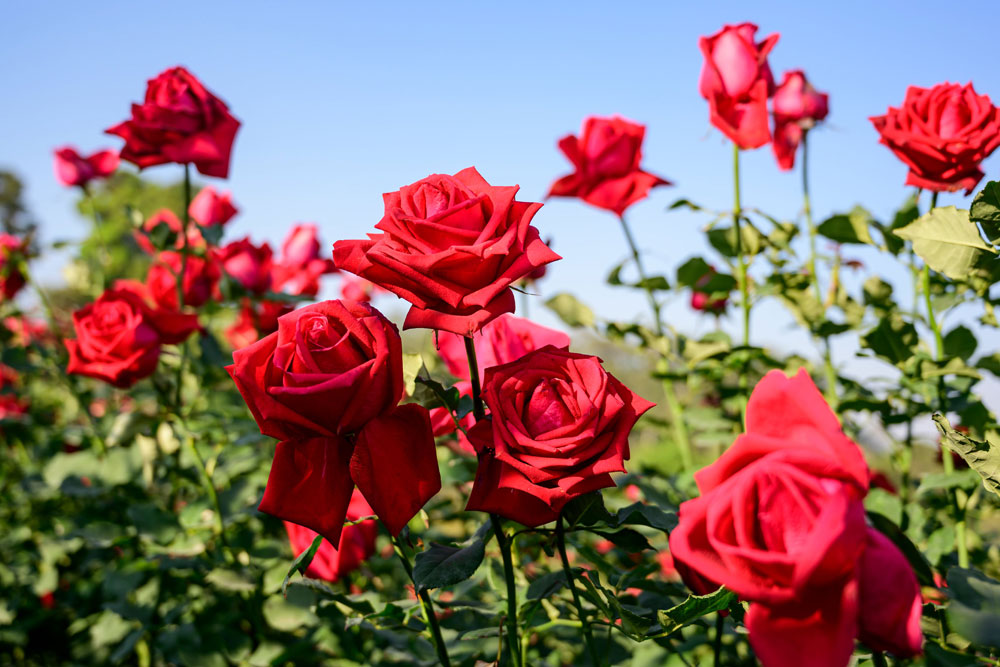

Fresh, or frozen? What’s on your a la carte menu?
We’re not talking about Ice Cream, but about fresh produce. We make regular trips to the Farmers Market. The main reason for the ½ an hour drive to and fro is because the vegetables have never seen the likes of a deep freezer, and I never want them to experience that stage.
Living in Mumbai for many years spoilt me. Yes, it sure did, and made me accustomed to everything fresh—from fish to meat to vegetables. Until the day we landed in Toronto we did not know what frozen food was. I’m dead serious—and as mortified and blanched as the glazed eye of the fish that I began to see in the freezer sections of our local supermarkets.
When I touched down in Mumbai recently, I decided to count the times I actually ate frozen food, and the answer was ‘zero’. When I visited my favorite Maharashtrian couple Neelkant and Manisha, my BBF’s (Best Beloved Friends) for lunch I was treated to freshly made yoghurt (known as dahi), sprouted moong, whole-wheat rotis made with homemade ghee, freshly made tomato chutney, fried bread fruit and a mint chutney that was to die for. Believe it or not; Manisha prepares fresh dinner too. And she happily rattled off the menu—jowar bhakri, srikhand, vangi bhaat and sabudana vadas. Needless to add, I did overstay my welcome. This family hasn’t heard the word ‘leftovers’ in all their years as a married couple…and they’ve been married for over 25! I questioned Manisha about the ‘frozen’ in food, and this is what she had to say “My grandparents and parents did not have refrigerators and as a result we made do with freshly made food that was never carried over to the next meal. We finished what was on our plate and that was that. Nothing ever made its way to the garbage. I follow that golden rule with my family to this day.”
Over the first fortnight of my stay, every friend or relative who invited me prepared their cuisine out of fresh meat or fish, at times freshly delivered to their door: mutton (or goat meat), white and black pomfret, mackerels, sardines, bombils (every Mumbai’ites favorite fish), dodged crawling black crabs threatening to snip my fingers with their sharp claws, witnessed leaping catfish in wicker baskets, ditto for live prawns (shrimp), mandeli (sprat-like Goldfish), sole, oysters, snappers, hilsa, skate-fish, tarli, dara, lobsters and shellfish with their shells on cooked in a rich roasted coconut gravy. I dug into every delicacy I could lay my fingers on and as I recall the freshness and aroma of the dishes, I am beginning to salivate as I write this piece.
It’s a fact that Mumbai is often criticized for its humidity, dirt and pollution. At times, every intersection makes you want to use a clothes pin on your nose—the humid air retains odors. But if there is one thing you were to rate the city on a 10 out of 10—it would be for its fresh food and produce. Many stay at home Mums still trek to the market to get their families daily meal of fresh vegetables, fish and meat. And I watched an episode on television where even the world renowned Chef and restaurateur Gordon Ramsay keeps his expletives in check as he applauds the freshness of fish, meat and vegetables’ available in Mumbai. His sweat dripping all over his pock-marked face, he smiles preposterously at the camera as if mesmerized by the baskets of goodness in front of him.
While researching the city for my upcoming ‘Lonely in Mumbai’ novel, I kept a night-long vigil on the city as the book traces the journey of a nine-year old from sunset to sunrise. At 3.30 AM I met a group of fishermen (not the ones who throw their nets into the sea, but the salesmen who buy the fish in the wholesale markets at Colaba, Versova and Malad in Mumbai and then make a living selling the fish door-to-door at retail prices in different housing societies in the suburbs) rushing with their baskets to catch the 1st train at 4.00 AM that morning. I asked them “When was the fish caught?” Without blinking an eyelid, the youngest of them smiled and said “The last haul coming in is at midnight, and the ice trawlers rush in to keep the fish fresh. By the time the ice melts (now remember it is 34 degrees Celsius in Mumbai on any given day) the fish is sold.” Now that’s a fresh catch of a statement. Frozen for posterity in my memory.



